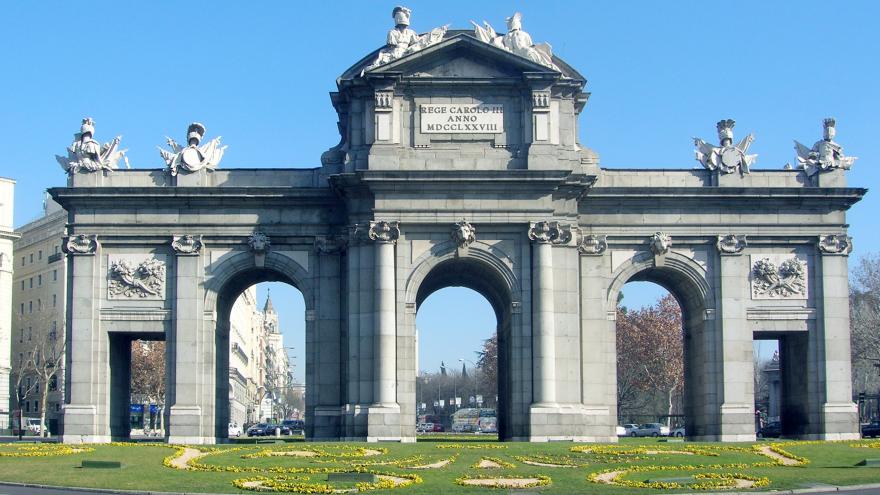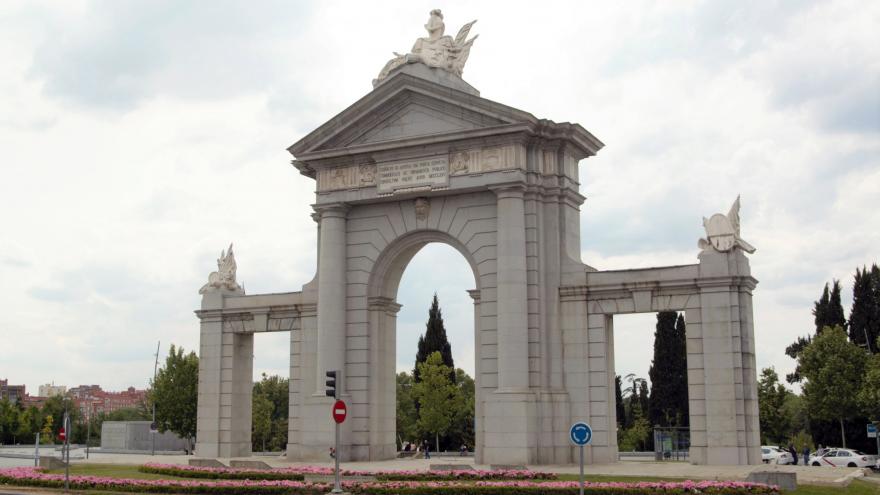
Architects of Madrid: Francesco Sabatini
The arrival of Felipe V to the Spanish crown involved the incorporation of foreign artists and architects, especially French and Italian, who would end up building some of the most representative works in Madrid. His son Carlos III, who lived in Italy since the age of 15 and was king of Naples and Sicily, returns to Spain after the death of his half brother Fernando VI to replace him on the Spanish throne. When he returned, several collaborators accompanied him, such as Francesco Sabatini, who would lead a new generation of architects at the service of the crown.
Brief biographical sketch
Francesco Sabatini (Palermo, 1722 - Madrid, 1797)
Sabatini was born in Palermo, where he studied Humanities, Mathematics and Philosophy. Although he also had military concerns, he became an artillery lieutenant, with 28 years going to Rome to study Architecture. At this time a neoclassical fervor begins, as ruins such as Paestum, Pompeii and Herculaneum are discovered that give a return to the architectural order headed by the Roman and Magna Grecia constructions.
In 1757 he enters the service of the crown through Luigi Vanvitelli, royal architect and his future father-in-law, who names him second director of works of the palace of Caserta, the residence that the then king of Naples had commissioned before inheriting the Spanish throne.
Already crowned, Carlos III claims it in Spain, first as an engineer of the infrastructures of Madrid and later as a real architect, which separated Sachetti and Ventura Rodríguez from the works of the New Palace. He will reside in the capital until his death in 1797, already under the reign of King Charles IV.
Works
His training as an engineer and architect led him to apply the innovations with which the king wanted to modernize the city, improve infrastructures and thus enlarge the figure of the crown in the purest style of enlightened despotism: urban planning, cleaning, bridges, pipes, paving of streets, wells as well as the construction of monumental doors. His are the Puerta de Alcalá, emblem of Madrid, that of San Vicente (rebuilt in 1995) and one of the entrances to the Botanical Garden.
He also made the Casa de Campo infrastructures to optimize the use of water. Today several of the bars are preserved (Meaques, Prado del Rey, Antequina and the creek of the Zorra) and the bridges of the Álamo Negro, the Snipe and the Culebra.
On the other hand, as architect of the Royal Sites works on the extensions of the palaces of Aranjuez and El Pardo, the former Cavalry Barracks of Leganitos and of course the Royal Palace and its stables, now replaced by the gardens that bear his name .
In religious architecture, he built the neoclassical façade of San Francisco el Grande and the extension of the Las Comendadoras convent, a Site of Cultural Interest (BIC) that has undergone major restorations by the Community of Madrid.
We finished with two administrative works: the old Royal Customs House on Calle Alcalá, current Ministry of Finance and Public Function, one of the first neoclassical buildings in the capital and declared a Site of Cultural Interest and the palace of the First Secretary of State, Palace de Godoy, built by order of the king as the residence and offices of those who held that position, including the Count of Floridablanca or Godoy himself, responsible for its reform and expansion and who ended up buying it.
This palace was one of the most important residences of the XNUMXth century and housed its owner's huge art collection: Goya's pestles adorned the main office until they were transferred to the Prado Museum. After serving as the residence of General Murat during the War of Independence and passing into the hands of the State, it is the current headquarters of the Center for Political and Constitutional Studies.










